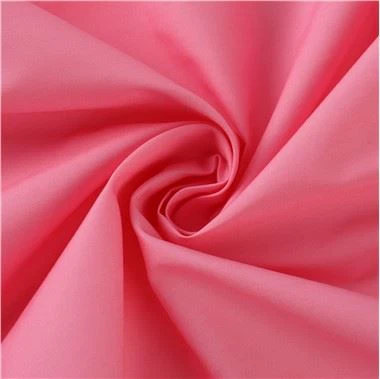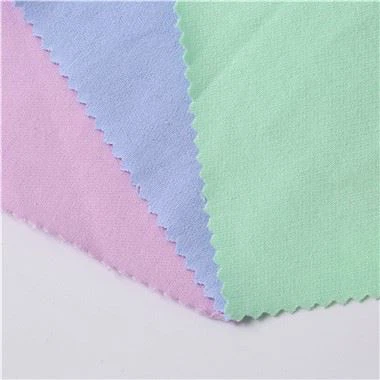Why is non-woven fabric used in medical textiles?
May 20, 2025
The application of non-woven fabric in the medical field has become an indispensable part of the modern healthcare system. This special material plays an important role in medical scenes such as operating rooms, wards, and emergency sites due to its unique structure and performance advantages. From the protective suits worn by medical personnel to the wound dressings used by patients, from the sterile drapes in operating rooms to the daily-used medical masks, non-woven fabric products cover almost every aspect of the medical process.
Compared with traditional textile materials, the most significant advantage of non-woven fabric lies in its outstanding protective performance. This material forms a dense and uniform fiber network structure through special melt-blown or spunbond processes, which can effectively block the penetration of bacteria, viruses, and body fluids. For example, in medical surgical masks, the melt-blown non-woven fabric layer in the middle can filter more than 95% of bacteria and particles, providing a reliable protective barrier for both doctors and patients. At the same time, non-woven fabric products are usually designed for single use, which fundamentally avoids the problem of cross-infection that may occur due to repeated use of traditional cotton fabric products, especially suitable for high-infection-risk areas such as operating rooms and ICUs.
In addition to ensuring the protective effect, non-woven fabric also has good breathability and comfort. The porous structure formed by the random arrangement of fibers can block harmful microorganisms while allowing air circulation, which solves the common problem of being hot and stuffy in protective equipment. This breathability is particularly important for medical personnel when wearing protective clothing for a long time. In addition, the lightweight and soft non-woven fabric does not restrict the freedom of movement of the user, which is a key advantage for medical work that requires precise operation.
From the perspective of production and economy, non-woven fabric has obvious cost-effectiveness. Its manufacturing process saves the complex processes of spinning and weaving in traditional textiles, and directly molds through chemical bonding or heat bonding, greatly improving production efficiency. In sudden public health events such as COVID-19, this efficient production method allows medical materials such as masks and protective clothing to quickly meet the surge in demand. The widespread use of common high-polymer materials such as polypropylene also keeps the cost of non-woven fabric products low, which is crucial for medical institutions that need to use a large amount of disposable medical supplies.
Modern medicine has higher and higher functional requirements for materials, and non-woven fabrics have shown great plasticity in this regard. By adding antibacterial agents, anti-static agents, or applying special coating treatments, non-woven fabrics can be endowed with additional functional characteristics. For example, non-woven fabric dressings containing silver ions can effectively inhibit bacterial growth and accelerate wound healing; waterproof non-woven surgical gowns can prevent liquid penetration and keep the surgical area dry and clean. More advanced biodegradable non-woven fabrics are also being applied in the medical field. This type of material can naturally decompose after use, which not only meets medical needs but also reduces environmental impact.
With the advancement of medical technology and the enhancement of environmental awareness, the application of non-woven fabrics in the medical field is still constantly innovating and developing. The introduction of nanotechnology enables non-woven fabrics to achieve more precise filtration effects; the development of biodegradable materials solves the problem of medical waste disposal; the emergence of intelligent non-woven fabrics can even achieve functions such as drug sustained release or wound healing monitoring. In the face of public health emergencies, non-woven medical supplies have shown their irreplaceable value. It can be foreseen that future medical non-woven fabrics will continue to develop towards high-performance, multi-functional, and environmentally friendly directions, providing more reliable protection for the cause of human health.







